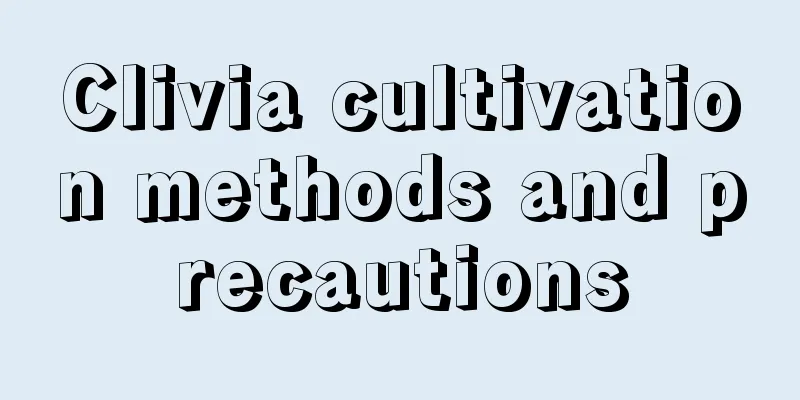Key points for managing grapevines overwintering

|
Winter is a crucial period in grape cultivation, which is directly related to the growth of grapes in the following spring. Therefore, proper management of grape vines is particularly important. So how should we manage grape vines in winter? 1. Plastic surgery Shaping and pruning are important means to adjust the structure of grape vines, balance the growth of branches and fruits, ensure the uniform distribution of branches on the racks, and maintain good ventilation and light conditions. Typically, this work begins within two weeks after the vines naturally drop their leaves and continues until the beginning of the second year's growth in areas where they do not need to be buried in the soil to protect them from the cold. In areas where burying is necessary to protect against the cold, pruning is usually done before burying. 2. Garden cleaning and pest control After pruning, a large number of branches will be left in the garden, among which healthy branches can be kept for cuttings and seedlings next year. At the same time, weeds in the garden need to be thoroughly removed. The removed weeds and dead leaves can be backfilled into the fertilizer ditch as base fertilizer. After cleaning the orchard, use lime sulfur mixture to spray the orchard. This is a broad-spectrum insecticide, fungicide, and miticide that can effectively prevent and control common grape diseases. The method of using lime sulfur is to dilute the original solution with 5 times clean water, and then spray it evenly on the grape branches and racks, ensuring full coverage to eliminate overwintering pathogens and insect eggs. 3. Apply basal fertilizer and winter irrigation In order to ensure the grapevines to safely survive the winter and promote vigorous growth in the next year, reasonable fertilization and winter irrigation are required before wintering. Base fertilizer should be applied after the garden is cleaned, mainly with decomposed organic fertilizer . After applying organic fertilizer, winter irrigation should be carried out by pouring water into the fertilizer ditch. The amount of water should be based on the natural absorption of the soil and no water accumulation on the surface. Winter irrigation helps to increase soil temperature, prevent frost damage, and promote fertilizer decomposition and root absorption, creating good conditions for spring growth. 4. Low temperature protection The two key factors for grapes to safely overwinter are low temperature and cold protection. Low temperature: When the outside temperature is below minus 15 degrees Celsius, grape vines are prone to frost damage. In order to enhance the ability to resist cold, watering should be reduced in the later stage of harvest to prevent excessive growth, promote the maturation of branches and buds, gradually adapt to low temperatures, and enhance cold resistance. Cold protection: Cold protection work should be carried out about a week before the local soil freezes, neither too early nor too late. This can not only allow the plants to be trained to resist the cold and improve their ability to resist the cold, but also prevent the soil temperature from being too high and the humidity from being too high, thus avoiding the breeding of pathogens. The main cold protection measures include adding soil to the roots, burying the plants in the soil to protect them from the cold, and covering them with plastic to protect them from the cold. The above are the management methods for grape vines overwintering. Through these management measures, we can ensure that the grape vines are properly protected in winter and lay a solid foundation for next year's growth.
|
<<: Key points of wintering management technology for loach
>>: Konjac winter management method
Recommend
Don’t throw away the cut onions, you will be delighted if you can turn them into three at once. It’s super easy!
Steps to grow onions Image source: Things About F...
What to do if the leaves of Brazilian wood turn yellow and wither
1. Replace the soil Reason: Soil is the basic fac...
How to plant lotus
Preparation for planting lotus Planting time Many...
Pests and diseases of heather and their control
Diseases and their control of Photinia Heather ha...
Can I plant tomato seeds directly?
Can tomato seeds be planted directly? Tomato seed...
How to change the soil and pot of potted plants
The role and requirements of changing the soil an...
How to deal with the newly bought soil for growing orchids
1. Can the newly purchased culture soil be used d...
How to care for grafted Christmas cactus
1. Lighting The newly connected ones can be place...
Can hydrangeas be placed in the bedroom?
1. Is it possible? Hydrangea cannot be placed in ...
The main value of five-leaf brocade
1. Ornamental effect This is of course the first ...
Is red chrysanthemum water grass easy to grow? Breeding techniques and precautions
Is it easy to grow red chrysanthemum water plants...
When to sow cucumber seeds
1. Sowing time 1. Spring: Spring is the best time...
Diseases and Pests of Boxwood and Their Control
Main insect pests of boxwood Looper and its contr...
How to water the crane orchid in winter
Watering of Helichrysum in winter Strelitzia gene...
How to prune a rubber tree
Pruning season When pruning rubber trees, it is u...









